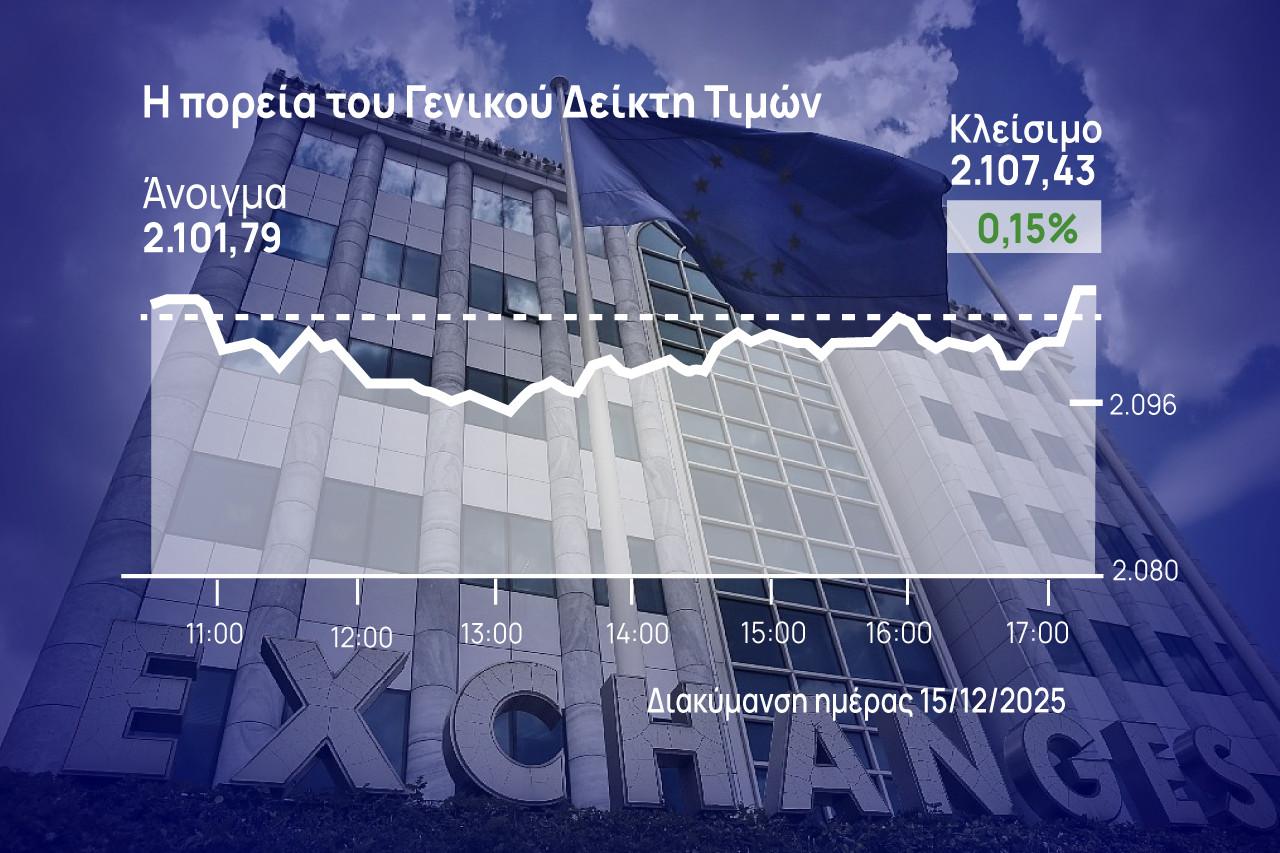The latest data from the eurozone show signs of uncertainty and mixed signals, according to Morgan Stanley, though the Greek economy appears resilient, maintaining positive momentum across key indicators.
Analysts highlighted trade relations with the United States as a central concern. The agreement reached at the end of July, following a meeting in Scotland between former U.S. President Donald Trump and European Commission President Ursula von der Leyen, introduced an average tariff of 15% on European products.
Despite assurances that the EU still holds a relative advantage over other competitors, Washington’s strategy of reshoring production could force European firms into investment restructuring, with clear negative implications for growth. Morgan Stanley estimates the impact could shave 0.25 percentage points off eurozone growth in both 2025 and 2026.
The bank forecasts a 2.2% expansion of the Greek economy in 2025, slightly down from 2.3% in 2024, before slowing to 1.8% in 2026. Even with the deceleration, the figures remain above the eurozone average.
Consumer price inflation is expected at 2.1% in 2025 and 1.9% in 2026, in line with the European Central Bank’s target, even though recent months saw Greek inflation hovering around 3%.
On fiscal performance, Morgan Stanley projects a primary surplus of 0.4% of GDP in 2025, following 1.3% in 2024, with an uptick to 0.7% in 2026. Greece’s debt-to-GDP ratio is set to continue falling, from 153.6% in 2024 to 147.3% in 2025 and 143% in 2026.
Across the broader Eurozone bloc, the numbers remain weak. Industrial production in the eurozone fell 1.3% in June, while exports rose by just 0.4% year-on-year. Trade with the U.S. dropped 11%.
Even so, sentiment indicators offered some relief. The manufacturing PMI for August rose above the 50-point threshold for the first time since June 2022, signaling possible stabilization, albeit at low levels.
Source: Tovima.com






































